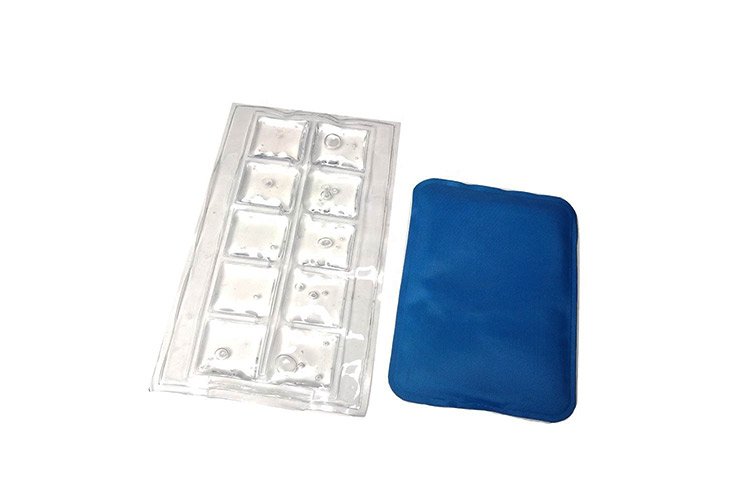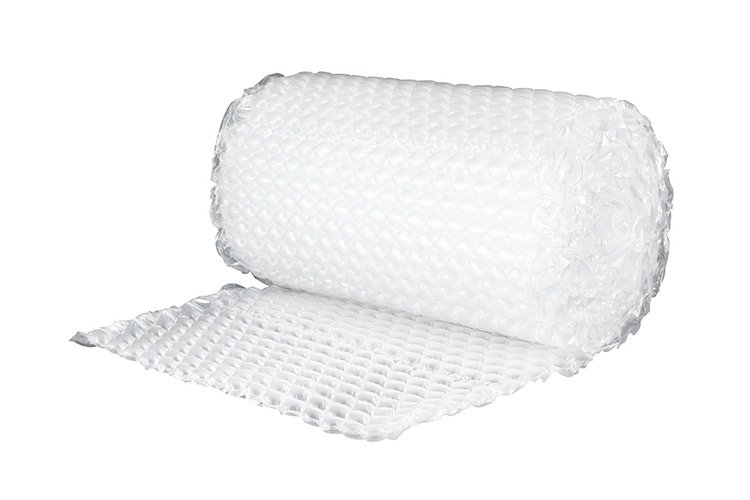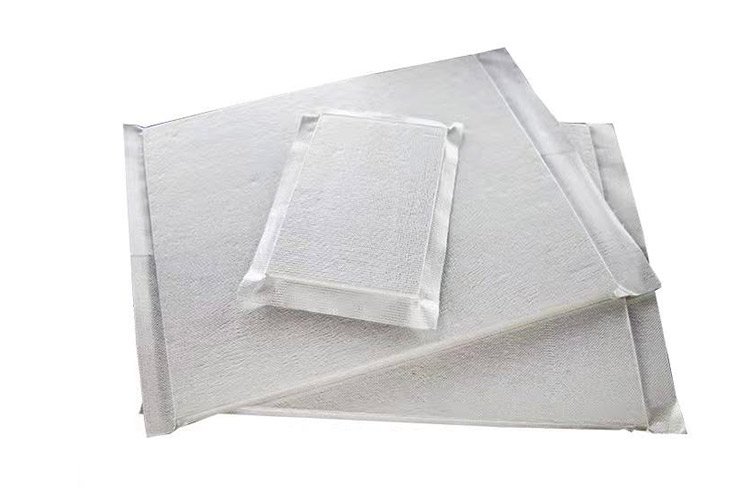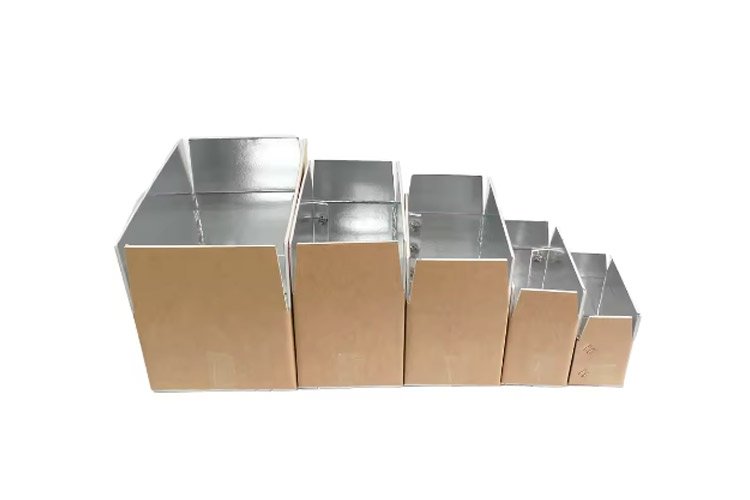Cold Chain Packaging Solutions Of Food
Food cold chain packaging is important. It protects perishable foods. Various methods and materials are used to create temperature-controlled environments. This results in less food spoilage and waste. Quality and safety are also guaranteed. In this article, we will introduce you to cold chain food packaging solutions!

What is a cold chain packaging system?
Cold chain systems are very important for the storage and transportation of food and products. A cold chain system is the creation of an environment. Its temperature can be controlled using various methods and materials. This includes the storage environment, the transportation environment, and the handling environment. A specific and constant temperature must be maintained throughout the entire process. This will greatly reduce spoilage and waste of food and products. Quality and safety will also be more assured.
What is the cold chain of food products?
A food cold chain system is where production, storage, transportation, distribution. The entire supply chain need to maintain a specific and constant temperature. This keeps the food in an optimal temperature environment. This reduces bacterial growth and prevents spoilage, ensuring the safe quality of food. Food cold chain systems use specific temperature control systems and refrigeration systems. Their temperature control testing equipment: refrigerated trucks, refrigeration equipment will also be different.
Why Cold Chain Packaging Matters?
Cold chain packaging is very important. It maintains a specific and stable temperature. Food products are very susceptible to spoilage. They can be stored for a very short period of time at normal room temperature. Perishable food products like Fresh Produce, Fruits and Vegetables, Dairy Products, Meat, Seafood, and so on.Especially in summer. The weather is hot and the temperature rises. It is easier for bacteria to grow and then deteriorate. Cold chain packaging can guarantee food safety and freshness. And it is still legally compliant. Global food safety regulations, such as the U.S. FDA, HACCP, and the European Union food standards. The temperature control requirements for perishable food products are very strict. An effective cold chain system can perfectly meet these requirements. It also reduces food waste. Enhance customer satisfaction. Enhance brand reputation. In a globalized food supply chain. Cold chain packaging is the key to food safety and customer satisfaction.
The type of Cold chain food packaging solutions
There are three main types of cold chain food packaging solutions: active, passive, and hybrid.
Passive systems rely primarily on insulation and refrigerants. Active systems rely primarily on machines or electrical systems to maintain a specific temperature. Hybrid systems are a combination of active and passive components. Optimal temperature control is achieved.
Passive Cold Chain Packaging
Passive Cold Chain Packaging mainly uses Insulating Materials and Phase Change Materials to maintain low temperatures. Insulating Materials such as expanded polystyrene and polyurethane are used. Phase Change Materials are also used. It does not need to be connected to an external power source. It is more suitable for temperature-sensitive products such as pharmaceuticals and perishable foods. Cost-effective and durable, it also provides reliable energy protection for a long time. It can meet industry compliance standards.
Active Cold Chain Packaging
Active Cold Chain Packaging is primarily an electrical system powered by fossil fuels. It keeps the product at a constant low temperature for a long period of time. This method allows for very precise temperature control. However, it is expensive to maintain and repair. In case of technical problems. It may have a great impact on temperature-sensitive products such as pharmaceuticals and biologics. Product safety and effectiveness will be affected. But it can do real-time temperature monitoring and real-time adjustment. The temperature fluctuation can be controlled very small.
Hybrid Cold Chain Packaging
Hybrid Cold Chain Packaging is a combination of Passive Insulation and Active Cold Chain Packaging. It combines the precise temperature control of the active cold chain with the thermal insulation advantages of the passive cold chain. Enhanced thermal protection. Extend transportation time. Improves supply chain efficiency.Ideal for the pharmaceutical, food, and biotech industries. These materials have a very low probability of error.
What are Cold Packaging Supplies
There are many cold packaging supplies. The main common ones are as follows.
Bubble Wrap:It can play a very good role in cushioning and heat insulation. The temperature during transportation is also very stable and will not fluctuate frequently.

Gel Packs and Ice Packs: It can provide a very good cooling effect. They need to be treated with additional cooling before use. They are then placed inside the package to maintain a cool environment by absorbing heat.

Condensation: When the temperature of a cold chain package changes, water will easily come out from the inside and outside. Condensation will not only make the insulation effect of the package worse. But also, it is easy to grow bacteria. Food hygiene will be a problem.
Phase Change Materials (PCMs): Phase Change Materials are also often used. It can change from one form to another. For example, from solid to liquid. This process absorbs heat or releases heat.
Vacuum Insulated Panels (VIP): Vacuum-insulated panels are very light in mass. It consists of panels with vacuum-sealed cores. It can reduce heat transfer very effectively. The performance is very good. It is very popular for many cold chain applications.

Insulated Shippers: Insulated Shippers, mainly made of expanded polystyrene and polyurethane. It can protect the product well. Keeps the temperature of the product’s environment stable. Reduces temperature fluctuations by minimizing heat transfer. It comes in large and small sizes. It can be used for both short and long-distance transportation.
Common Challenges of Cold Chain in the Food Industry
To ensure food quality and safety in the food industry. There will be many challenges involved.
Extreme weather: cold chain food is transported over long distances. It needs to be kept cold all the time. If extreme weather is encountered. Like extreme cold and hot weather. The temperature will be very difficult to control. If the cold chain is interrupted. The food will spoil.
Cost: Cost is a very important factor. Cold chain packaging materials with good quality result. Like vacuum insulation panels, Phase Change Materials, etc. The price is not low. If you add intelligent real-time monitoring. The cost becomes even higher. It is an unavoidable dilemma for companies. Performance and cost must be balanced.
Laws and regulations: the cold chain food industry is strictly regulated. Different countries and regions have different food safety regulations. The design of cold chain packaging needs to follow suit. This increases the complexity and cost of design and production. Moreover, standards and technologies for cold chain packaging are not harmonized. The efficiency and reliability of cross-border cold chain transportation are affected. The distribution and marketing of cold chain food can also face difficulties.
Supply chain disruption: Transportation may be delayed, and equipment may break down. These can lead to uncontrolled temperatures in cold chain packaging. Damage to the product and losses to the business.
BESTYPACK
Choosing the best pack is choosing professionalism and reliability. We specialize in packaging and excel in designing, manufacturing, and distributing cold-chain packaging. We can guarantee the safety of transportation and storage of food and temperature-sensitive products. For years, bestypack has been rooted in the packaging materials industry. We use high-quality, compliant packaging to keep products in the supply chain in the best condition and earn a good reputation. We insist on innovation and sustainable development. Looking for cold chain packaging solutions, choose Bestypack!

Hello, customers
My name is Jack Yu. I am the Business Manager at BestY Pack Plastic Products. My areas of expertise include film packaging, cold chain transportation packaging, and shrink products. Additionally, our factory manufactures protective gloves, and I can provide you with professional solutions to help you increase your market share and enhance consumer trust.
Email: ᅠinfo@bestypack.comᅠ| Tel: 86+18368319351

